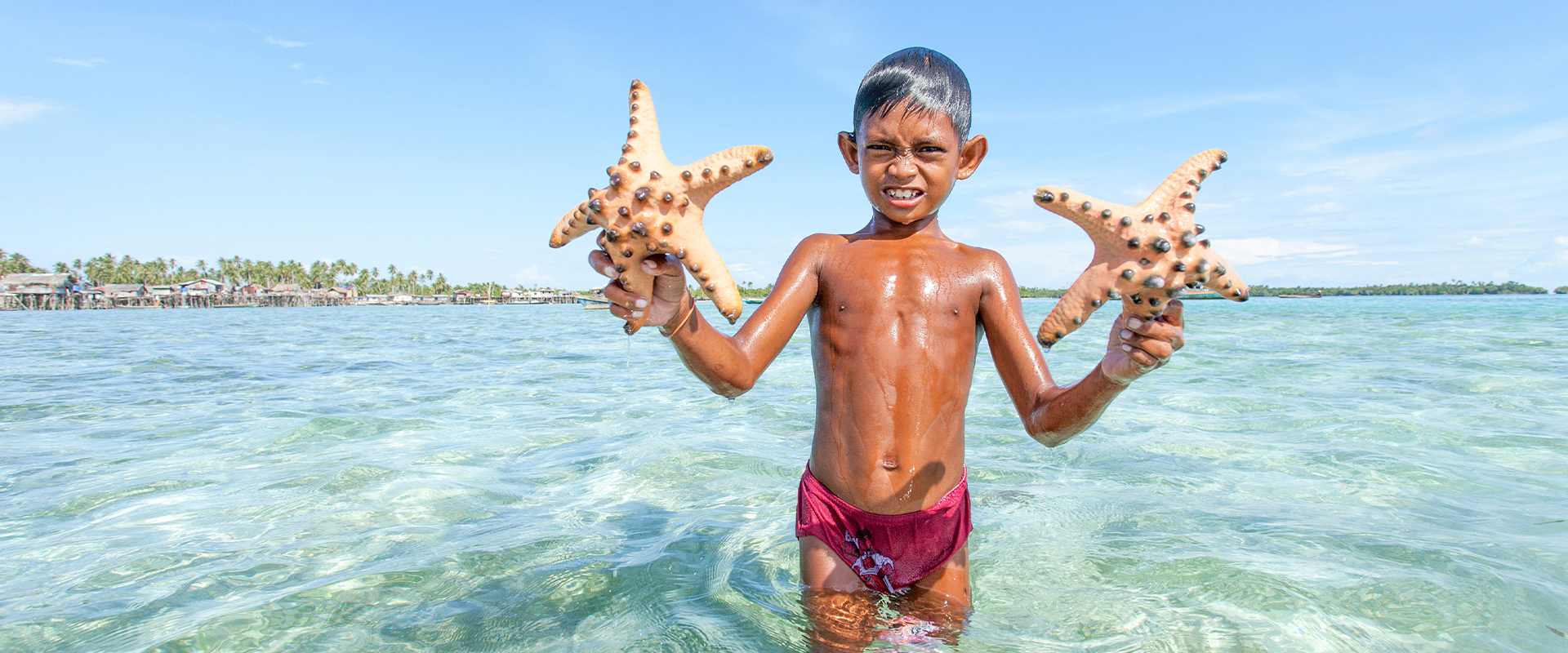Why Do Venomous Animals Live In Warm Climates?
As a Canadian-Australian, I have always wondered why it is that Australia has so many venomous animals that can kill you while Canada has virtually none. Subscribe to Veritasium - it s free! http://bit.ly/YSWpWm But it s not just Australia - it seems like all beautiful, warm places are cursed with venomous native species. So I set out to find the truth: why have all these venomous species evolved in the world s best holiday destinations? I asked chemists, visited the zoo, interviewed entomologists and snake experts. The answer I found was complicated: 1. The majority of venomous species are ectotherms, cold-blooded creatures whose internal temperatures are governed by their surroundings. 2. This means they have limited periods of activity - mainly while it s warm out, and can only exert short bursts of energy, so they are generally "sit and wait" predators. This may explain why they, more than mammals or birds, evolved venom. 3. It also explains why there are more of these species in warm climates. There are more of all species in warm climates, but this trend is especially pronounced for ectotherms. 4. So there are a greater number of venomous species in warm places, simply because there are more species in warm places. Cold climates still have venomous creatures, like the rattlesnakes of Canada and European vipers. 5. But history also has a role to play. In Australia, there were no snakes until 20 million years ago when a venomous sea snake from Asia encountered the land, sending venomous species to all corners of the continent. Later non-venomous arrivals have done well in the tropics but not as well in Australia s colder climates, so venomous types still dominate there. Hawaii has no venomous land snakes and nor does Jamaica. 6. The recent ice age also would have driven ectotherms from the northern parts of the Northern Hemisphere. This is why there are no snakes in Ireland, for example. Special thanks to Prof. Rick Shine, Prof. Dieter Hochuli, Prof. Roger Lowe, Prof. Martyn Poliakoff and Taronga Zoo, especially Joe Haddock and Dean Purcell. Cinematography by Charles Clement


![[ENG SUB] Taehyung Weverse Live](https://img.long.tv/short/2024/06/bavFh_kQoEY.jpg)










![THIS IS WHY WE LOVE BIKERS | BIKERS SAVING ANIMALS & BEING NICE | [EP. 94]](https://img.long.tv/short/2024/06/bMxq1NWUBPM.jpg)






